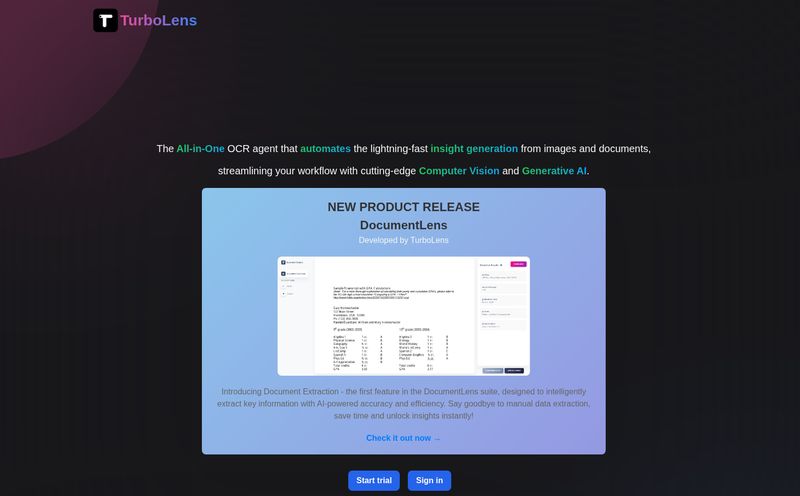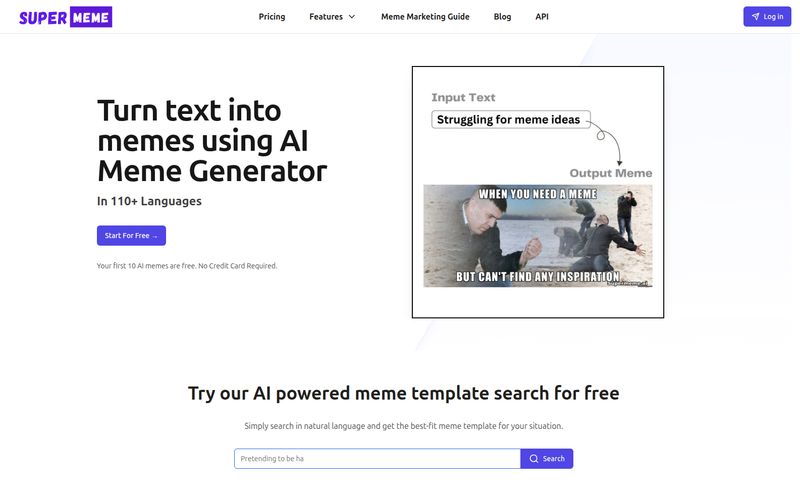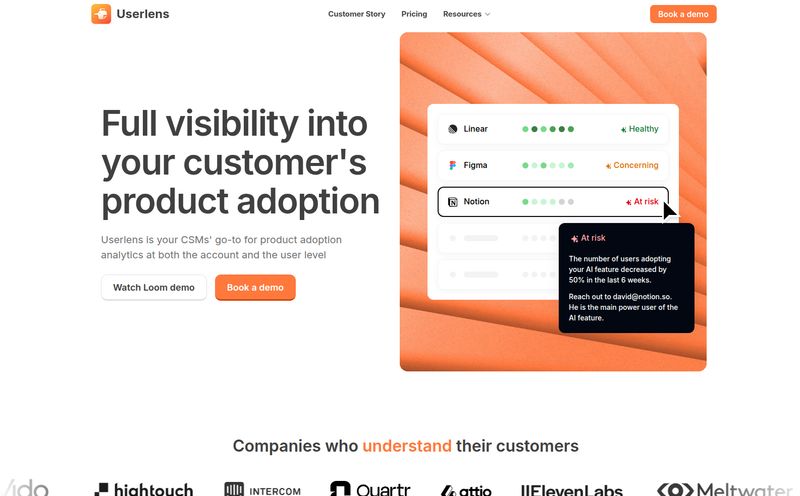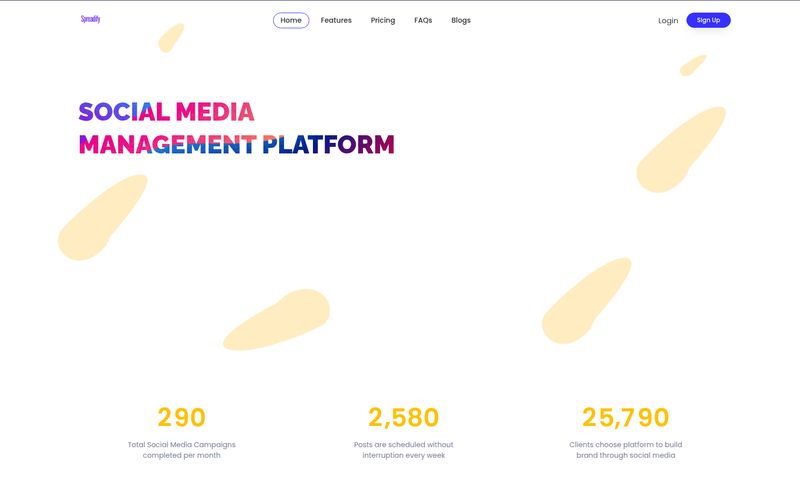If you’re in the world of financial compliance, you know the drill. The endless stream of alerts, the mountain of data to sift through, and that nagging feeling in the back of your mind that you might miss something—something big. It's a grind. For years, we’ve been told that technology would save us, but often it just adds another layer of complexity, another dashboard to stare at.
I’ve been tracking trends in this space for a while now, and I’ve seen plenty of tools promise to be the 'next big thing'. Most of them are just repackaged versions of the same old ideas. But every so often, a platform comes along that makes you sit up and pay attention. Recently, for me, that platform has been Quantifind and its Graphyte™ platform. It’s been making some noise, promising to use AI to automate AML-KYC from start to finish. Big promises. So, is it just more marketing fluff, or is there something genuinely different here? Let's get into it.
So, What Exactly is Quantifind Graphyte?
Okay, cutting through the jargon. At its core, Quantifind’s Graphyte isn't just another screening tool that pings you when a name matches a watchlist. Think of it less as a simple metal detector and more like a full-blown mission control center for your risk investigations. It’s designed to handle the entire workflow, from the initial flag all the way to the final case-ready intelligence.
The whole idea is to fuse the power of artificial intelligence with a massive pool of external data. We're talking thousands of sources. It automatically pulls everything together to give you a clear picture of who you're dealing with. It's like having a team of hyper-caffeinated junior analysts who never sleep, constantly scanning the globe for relevant risk signals so your senior people can focus on what matters: making critical judgment calls.
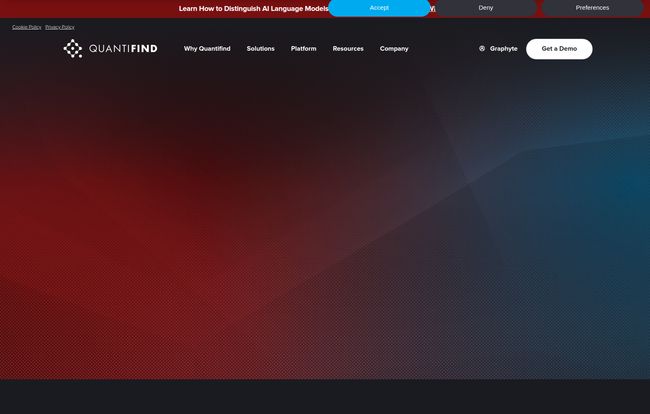
Visit Quantifind
The Good Stuff: Why Graphyte Turns Heads
This is where things get interesting. When you look at what people are saying, a few key strengths keep popping up, and from my analysis, they address some of the biggest pain points in the industry.
Beyond Simple Screening to True End-to-End Automation
This is the big one for me. So many AML systems are siloed. One tool for screening, another for due diligence, a third for case management… it’s a mess of copy-pasting and manually connecting dots. Quantifind aims to create a single, continuous thread. It automates the investigative legwork—digging into adverse media, corporate structures, and hidden connections—and presents it in a way that’s ready for action. This promise of a unified workflow is, frankly, what the industry has been crying out for.
The AI-Powered Accuracy Engine
False positives. The bane of every compliance officer’s existence. You spend 95% of your time chasing ghosts, which is not just inefficient, it’s demoralizing. Quantifind claims its AI models provide best-in-class accuracy. Now, that's a bold claim, but the logic is sound. By using AI to understand context, not just keywords, it can better distinguish between a real threat and a case of mistaken identity. Fewer false positives means your team’s precious time is spent on actual risk mitigation, not dead-end rabbit holes.
Data, Data, and More Data
A risk assessment is only as good as the data it’s built on. Graphyte pulls from a huge array of global sources—we're talking news, public records, blogs, sanctions lists, and more, all in real-time. This is a far cry from the old way of periodically checking a few static watchlists. It’s about building a dynamic, ever-evolving risk profile for every single customer. It's like switching from a black-and-white photograph to a live-streaming 4K video.
Let's Be Real: The Potential Hurdles
No tool is perfect, and it’s my job to be a bit of a skeptic. Glowing reviews are great, but you have to look at the potential downsides. It’s just smart business.
The Integration Question
The platform is designed to plug into existing case management systems, which is great. But let’s be honest, any integration project can have its bumps. This isn’t a flaw unique to Quantifind, it’s just the reality of enterprise software. You'll need some technical buy-in from your IT department to make sure everything talks to each other correctly. It's a necessary step to get the full benefit, but it's a step you can't skip.
What’s the Price Tag? (The Million-Dollar Question)
You won’t find a pricing page on Quantifind’s website, and that’s typical for a platform of this caliber. This is enterprise-grade software, and the pricing will likely reflect that. It’s probably not the right fit for a small fintech startup with a handful of employees. This is a tool built for scale, designed for organizations that are dealing with a high volume of transactions and customers where the cost of a missed risk is astronomical. To get a number, you’ll have to request a demo and have a conversation. My advice? Go into that conversation with a clear idea of the ROI—specifically, how much money you’re currently losing to inefficiency and false positives.
A Note on Data Reliance
One of the listed 'cons' is a reliance on external data sources. In my experience, this is less of a con and more of... well, the entire point. The alternative is relying on stale, incomplete internal data. I'd much rather place my trust in a system that's constantly pulling in the freshest intelligence from the outside world. The real question isn't the reliance itself, but the quality and breadth of those sources, which seems to be a major focus for Quantifind.
How It Actually Works: Features Under the Hood
So what's making the engine run? It's not just magic. The website mentions a few key pieces of technology that are worth noting.
- AI-Driven Risk Assessments: This goes beyond simple name matching. It's about understanding concepts and relationships to figure out if 'John Smith' the philanthropist is the same person as 'John Smith' the alleged fraudster.
- Dynamic Risk Typologies: Financial criminals are creative. Their methods change. A static, rules-based system will always be one step behind. Graphyte's platform is designed to adapt and identify new patterns of risky behavior as they appear.
- Patented Data Management: They apparently have some secret sauce in how they structure and query data to deliver results quickly, even across massive datasets. In a world where speed matters, this is a significant technical advantage.
A Quick Comparison Because We Love a Good Table
To put it all in perspective, here’s a simplified look at how the Graphyte approach differs from the traditional, manual slog.
| Process Stage | The Traditional Way | The Graphyte Approach |
|---|---|---|
| Initial Alert | Keyword match from a watchlist. High volume of false positives. | Contextual AI-driven alert based on a holistic risk profile. |
| Investigation | Manual Google searches, checking multiple internal and external systems. | Automated data gathering and network analysis from thousands of sources. |
| Reporting | Manually compiling data, writing narratives, and justifying conclusions. | Automatic generation of case-ready intelligence and audit trails. |
Frequently Asked Questions About Quantifind Graphyte
- Is Quantifind just another watchlist screening tool?
- Not at all. While watchlist screening is part of what it does, its main value is in being an end-to-end investigations platform. It automates the deep-dive research that happens after an initial flag, which is where most of the manual work usually is.
- How much does Quantifind Graphyte cost?
- There's no public price list. It’s an enterprise solution with custom pricing based on the scale of your organization, usage, and specific needs. You’ll need to contact their sales team for a quote.
- Can it integrate with our existing case management system?
- Yes, integration with existing systems is a core part of its design. It uses APIs to feed its intelligence directly into your established workflows, so you don't have to throw everything out and start over.
- What kind of data does Graphyte use for its risk assessments?
- It uses a combination of public data (like news articles, corporate registries, and legal filings) and premium data sources from around the world to build its risk profiles. The focus is on breadth, depth, and timeliness.
- Is this a good tool for a small financial startup?
- Probably not. The platform is built for large organizations dealing with significant compliance overhead. For smaller companies, the cost and complexity might be prohibitive. It’s really aimed at the big leagues of banking, finance, and government.
Final Thoughts
So, is Quantifind Graphyte the magic wand that will make all your AML-KYC problems disappear? Of course not. No technology is. But from what I can see, it represents a significant step in the right direction. It's not just about doing the same old things faster; it’s about fundamentally changing the way risk investigations are done.
By shifting the burden of data collection and initial analysis onto a smart AI platform, it frees up human experts to do what they do best: think critically, manage exceptions, and make the tough calls. For any large organization feeling buried under the weight of modern compliance, this isn’t just a lifeline—it’s a way to finally get ahead of the tide. It's definitely one to watch.
